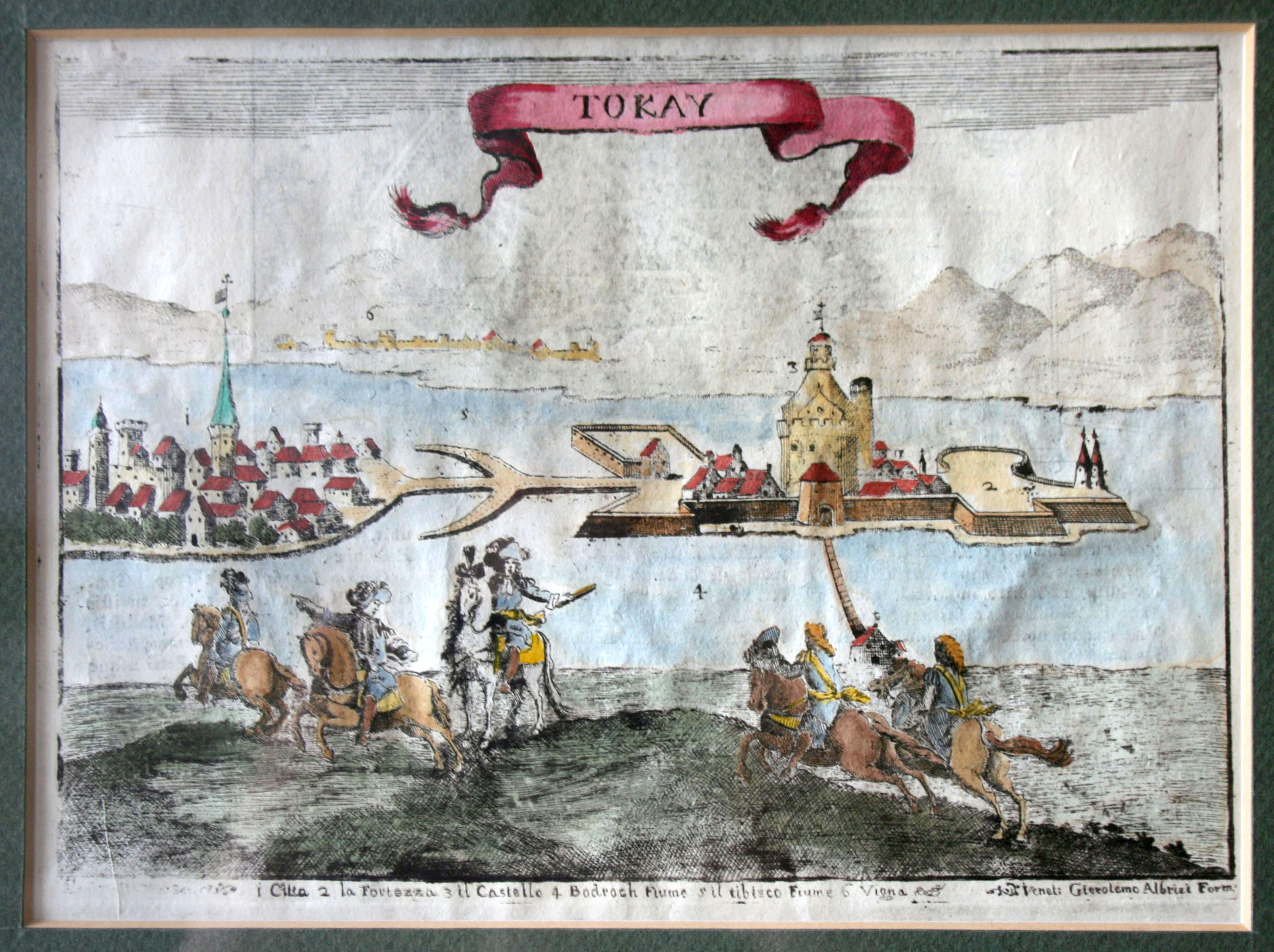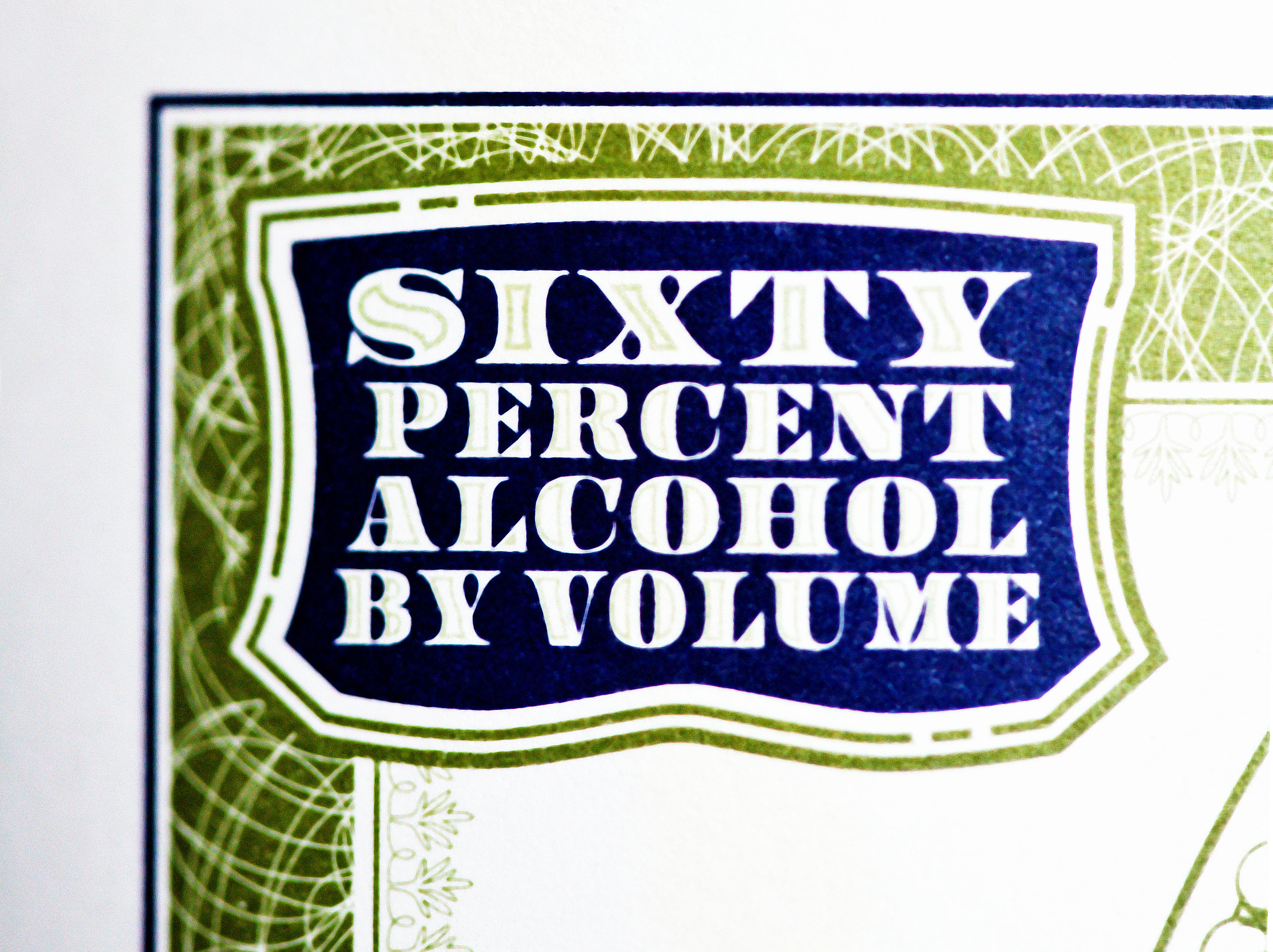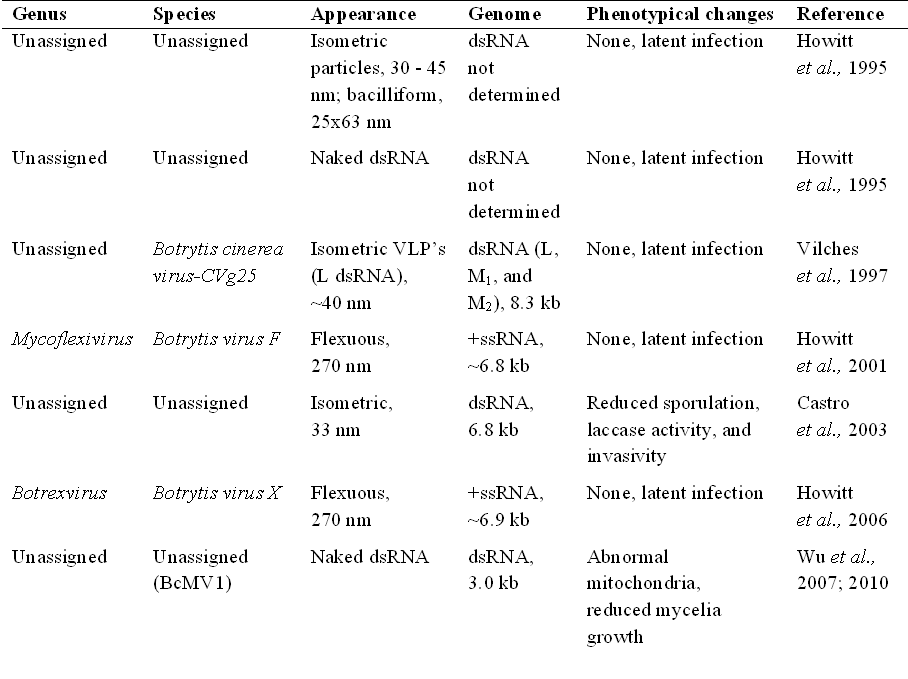|
Grasă De Cotnari
''Grasă de Cotnari'' () is a Romanian wine variety associated with the Cotnari wine region, in Iași County (historical region of Moldavia), where it has been grown ever since the rule of Prince Stephen the Great (1457–1504). The grape is characterized by its relatively large berries. Wine styles Grasă de Cotnari is usually a botrytised sweet wine (although semi-sweet varieties are also made) and usually has a high residual sugar content, sometimes as much as 300g/liter. The harvest of 1958 reached the maximal sugar content in the history of this wine of about 520g/liter. With the general decline in demand for sweet wines after the Second World War and bad wine making during the communist era, mainly produced for the Soviet Union,Sweet wines starting to ... [...More Info...] [...Related Items...] OR: [Wikipedia] [Google] [Baidu] |
Vitis Vinifera
''Vitis vinifera'', the common grape vine, is a species of flowering plant, native to the Mediterranean Basin, Mediterranean region, Central Europe, and southwestern Asia, from Morocco and Portugal north to southern Germany and east to northern Iran. , there were between List of grape varieties, 5,000 and 10,000 varieties of ''Vitis vinifera'' grapes though only a few are of commercial significance for wine and table grape production. The wild grape is often classified as ''Vitis vinifera'' ''sylvestris'' (in some classifications considered ''Vitis sylvestris''), with ''Vitis vinifera'' ''vinifera'' restricted to cultivated forms. Domesticated vines have hermaphrodite#Plants, hermaphrodite flowers, but ''sylvestris'' is plant sexuality, dioecious (male and female flowers on separate plants) and pollination is required for fruit to develop. Grapes can be eaten fresh or dried to produce raisins, Sultana (grape)#Raisins, sultanas, and Zante currant, currants. Grape leaves are used ... [...More Info...] [...Related Items...] OR: [Wikipedia] [Google] [Baidu] |
Furmint
Furmint (also known as Mainak) is a white Hungarian wine grape variety that is most noted widely grown in the Tokaj-Hegyalja wine region where it is used to produce single-varietal dry wines as well as being the principal grape in the better known Tokaji dessert wines. It is also grown in the tiny Hungarian wine region of Somló. Furmint plays a similar role in the Slovakian wine region of Tokaj. It is also grown in Austria where it is known as ''Mosler''. Smaller plantings are found in Slovenia where it is known as ''Šipon''. The grape is also planted in Croatia and Serbia, where it is known as ''Moslavac''. It is also found in Romania and in former republics of the Soviet Union.Oz Clarke ''Encyclopedia of Grapes'' pg 90 Harcourt Books 2001 Furmint is a late ripening variety. For dry wines the harvest starts usually in September, however sweet wine specific harvest can start in the second half of October or even later, and is often affected by ''Botrytis''.J. Robinson (e ... [...More Info...] [...Related Items...] OR: [Wikipedia] [Google] [Baidu] |
Noble Rot Wines
A noble is a member of the nobility. Noble may also refer to: Places Antarctica * Noble Glacier, King George Island * Noble Nunatak, Marie Byrd Land * Noble Peak, Wiencke Island * Noble Rocks, Graham Land Australia * Noble Island, Great Barrier Reef United States * Noble (SEPTA station), a railway station in Abington, Pennsylvania * Noble, Illinois, a village * Noble, Iowa, an unincorporated community * Noble, Louisiana, a village * Noble, Missouri, an unincorporated community * Noble, Oklahoma, a city * Noble County (other) * Noble Township (other) People * Noble (given name) * Noble (surname) Animals * Noble (horse), a British Thoroughbred * Noble Decree, an American-bred British-trained Thoroughbred racehorse * Noble snipe, a small stocky wader * Vaguely Noble, an Irish-bred Thoroughbred racehorse Arts, entertainment, and media Characters * Noble, the humanoid werewolf form of Savage/Noble, the only fully organic Transformer, from the ... [...More Info...] [...Related Items...] OR: [Wikipedia] [Google] [Baidu] |
White Wine Grape Varieties
White is the lightest color and is achromatic (having no chroma). It is the color of objects such as snow, chalk, and milk, and is the opposite of black. White objects fully (or almost fully) reflect and scatter all the visible wavelengths of light. White on television and computer screens is created by a mixture of red, blue, and green light. The color white can be given with white pigments, especially titanium dioxide. In ancient Egypt and ancient Rome, priestesses wore white as a symbol of purity, and Romans wore white togas as symbols of citizenship. In the Middle Ages and Renaissance a white unicorn symbolized chastity, and a white lamb sacrifice and purity. It was the royal color of the kings of France as well as the flag of monarchist France from 1815 to 1830, and of the monarchist movement that opposed the Bolsheviks during the Russian Civil War (1917–1922). Greek temples and Roman temples were faced with white marble, and beginning in the 18th century, ... [...More Info...] [...Related Items...] OR: [Wikipedia] [Google] [Baidu] |
Tokaj
Tokaj () is a historical town in Borsod-Abaúj-Zemplén county, Northern Hungary, 54 kilometers from county capital Miskolc. It is the centre of the Tokaj-Hegyalja wine district where Tokaji wine is produced. History The wine-growing area was first mentioned by the name Tokaj in 1067. The town itself was first mentioned in documents in 1353. Its first castle was a motte, which was destroyed during the Mongol invasion of Hungary. By the 14th century, the town already had a stone castle, belonging to the Diósgyőr estate. After 1450, Tokaj was the property of the Hunyadi family, so after Matthias Hunyadi became king, the town became a royal estate. In 1526, after the Ottomans captured Petervarad (modern day Petrovaradin, Serbia), Cistercians from Petervarad and its surroundings relocated to Tokaj and greatly improved wine making in the area. In 1705, Francis II Rákóczi ordered the castle to be destroyed. After the Austro-Hungarian Compromise of 1867, the town prosp ... [...More Info...] [...Related Items...] OR: [Wikipedia] [Google] [Baidu] |
Alcohol By Volume
Alcohol by volume (abbreviated as alc/vol or ABV) is a common measure of the amount of Alcohol (drug), alcohol contained in a given alcoholic beverage. It is defined as the volume the ethanol in the liquid would take if separated from the rest of the solution, divided by the volume of the solution, both at . Pure ethanol is lighter than water, with a density of . The alc/vol standard is used worldwide. The International Organization of Legal Metrology has ethanol (data page)#Properties of aqueous ethanol solutions, tables of density of water–ethanol mixtures at different concentrations and temperatures. In some countries, e.g. France, alcohol by volume is often referred to as degrees Gay-Lussac (after the French chemist Joseph Louis Gay-Lussac), although there is a slight difference since the Gay-Lussac convention uses the International Standard Atmosphere value for temperature, . Volume change Mixing two solutions of alcohol of different strengths usually causes a change in ... [...More Info...] [...Related Items...] OR: [Wikipedia] [Google] [Baidu] |
Aszú
Tokaji ( ) or Tokay is a rich, sweet wine originating in the Tokaj wine region (also ''Tokaj-Hegyalja wine region'' or ''Tokaj-Hegyalja'') in Hungary. This region is noted for its Dessert wine, sweet wines made from grapes affected by noble rot, a style of wine which has a long history in this region. The "nectar" coming from the grapes of Tokaj is also mentioned in the national anthem of Hungary. The Hungarian wine region of Tokaj may use the ''Tokajský/-á/-é'' label ("of Tokaj" in Slovak language, Slovak) if they apply the Hungarian quality control regulation. This area used to be part of the greater Tokaj-Hegyalja region within the Kingdom of Hungary, but was divided between Hungary and Czechoslovakia after the Treaty of Trianon. Cultivation Six grape varieties are officially approved for Tokaji wine production: * Furmint * Hárslevelű * Muscat Blanc à Petits Grains, Yellow Muscat (Hungarian: ''Sárgamuskotály'') * Zéta (previously called Oremus – a cross of Furmi ... [...More Info...] [...Related Items...] OR: [Wikipedia] [Google] [Baidu] |
Fetească Alba
Fetească can refer to * One of the following traditional Romanian/Moldovan wine grapes or wines: ** Fetească Albă ** Fetească Neagră ** Fetească Regală Fetească regală () is a white grape variety, was identified around 1920 in Daneș, in Mureș County, Romania.Leuşeni Commune, Hînceşti district, Moldova {{DEFAULTSORT:Feteasca ... [...More Info...] [...Related Items...] OR: [Wikipedia] [Google] [Baidu] |
Vitis International Variety Catalogue
The Vitis International Variety Catalogue (VIVC) is a database of various species and varieties/cultivars of grapevine, the genus ''Vitis''. VIVC is administered by the Geilweilerhof Institute for Grape Breeding (''Institut für Rebenzüchtung Geilweilerhof'') in Siebeldingen, Germany, and contains information from grapevine collections existing in various institutes of viticulture around the world. As of April 2009, the information in the database brought together information from 130 institutions located in 45 countries, and contains about 18,000 entries. The database was started in 1983, and has been available online since 1996. Its initial creation was supported by the International Organisation of Vine and Wine and the International Board for Plant Genetic Resources, a forerunner of Bioversity International. The purpose of the VIVC database is to provide documentation on available grapevine genetic resources, and to be a source of information to grape breeders, viticultura ... [...More Info...] [...Related Items...] OR: [Wikipedia] [Google] [Baidu] |
Romania
Romania is a country located at the crossroads of Central Europe, Central, Eastern Europe, Eastern and Southeast Europe. It borders Ukraine to the north and east, Hungary to the west, Serbia to the southwest, Bulgaria to the south, Moldova to the east, and the Black Sea to the southeast. It has a mainly continental climate, and an area of with a population of 19 million people. Romania is the List of European countries by area, twelfth-largest country in Europe and the List of European Union member states by population, sixth-most populous member state of the European Union. Europe's second-longest river, the Danube, empties into the Danube Delta in the southeast of the country. The Carpathian Mountains cross Romania from the north to the southwest and include Moldoveanu Peak, at an altitude of . Bucharest is the country's Bucharest metropolitan area, largest urban area and Economy of Romania, financial centre. Other major urban centers, urban areas include Cluj-Napoca, Timiș ... [...More Info...] [...Related Items...] OR: [Wikipedia] [Google] [Baidu] |
Soviet Union
The Union of Soviet Socialist Republics. (USSR), commonly known as the Soviet Union, was a List of former transcontinental countries#Since 1700, transcontinental country that spanned much of Eurasia from 1922 until Dissolution of the Soviet Union, it dissolved in 1991. During its existence, it was the list of countries and dependencies by area, largest country by area, extending across Time in Russia, eleven time zones and sharing Geography of the Soviet Union#Borders and neighbors, borders with twelve countries, and the List of countries and dependencies by population, third-most populous country. An overall successor to the Russian Empire, it was nominally organized as a federal union of Republics of the Soviet Union, national republics, the largest and most populous of which was the Russian SFSR. In practice, Government of the Soviet Union, its government and Economy of the Soviet Union, economy were Soviet-type economic planning, highly centralized. As a one-party state go ... [...More Info...] [...Related Items...] OR: [Wikipedia] [Google] [Baidu] |
Botrytis Cinerea
''Botrytis cinerea'' is a necrotrophic fungus that affects many plant species, although its most notable hosts may be wine grapes. In viticulture, it is commonly known as "botrytis bunch rot"; in horticulture, it is usually called "grey mould" or "gray mold". The fungus gives rise to two different kinds of infections on grapes. The first, grey rot, is the result of consistently wet or humid conditions, and typically results in the loss of the affected bunches. The second, noble rot, occurs when drier conditions follow wetter, and can result in distinctive sweet dessert wines, such as Sauternes, the Aszú of Tokaji, or Grasă de Cotnari. The species name ''Botrytis cinerea'' is derived from the Latin for "grapes like ashes"; although poetic, the "grapes" refers to the bunching of the fungal spores on their conidiophores, and "ashes" just refers to the greyish colour of the spores ''en masse''. The fungus is usually referred to by its anamorph (asexual form) name, because ... [...More Info...] [...Related Items...] OR: [Wikipedia] [Google] [Baidu] |






